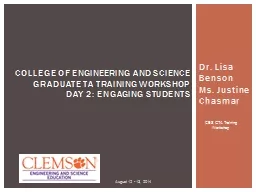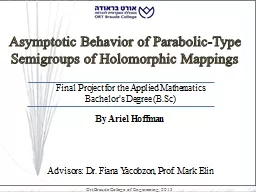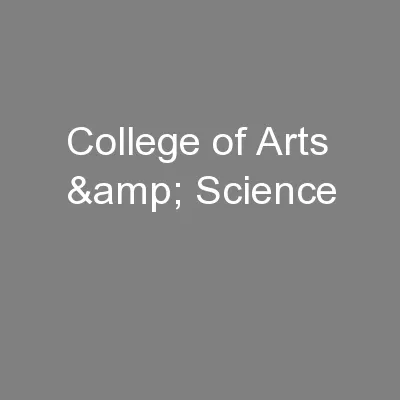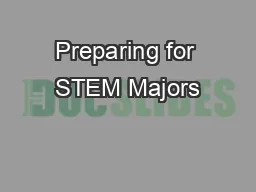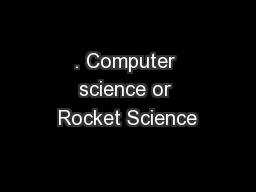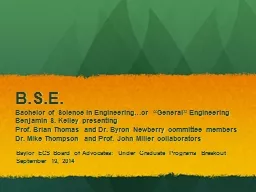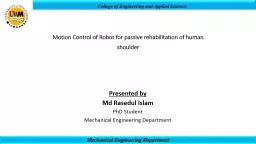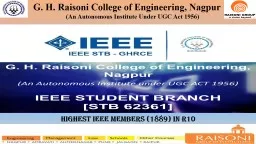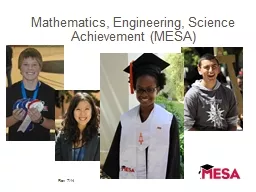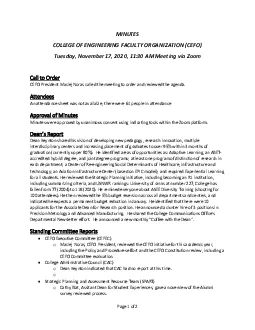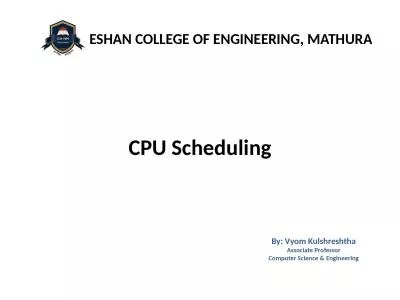PPT-College of Engineering and Science
Author : test | Published Date : 2019-06-22
Graduate TA Training Workshop Day 2 Engaging Students Dr Lisa Benson Ms Justine Chasmar August 12 13 2014 CES GTA Training Workshop Hyperlinks Note Each of the
Presentation Embed Code
Download Presentation
Download Presentation The PPT/PDF document "College of Engineering and Science" is the property of its rightful owner. Permission is granted to download and print the materials on this website for personal, non-commercial use only, and to display it on your personal computer provided you do not modify the materials and that you retain all copyright notices contained in the materials. By downloading content from our website, you accept the terms of this agreement.
College of Engineering and Science: Transcript
Download Rules Of Document
"College of Engineering and Science"The content belongs to its owner. You may download and print it for personal use, without modification, and keep all copyright notices. By downloading, you agree to these terms.
Related Documents

